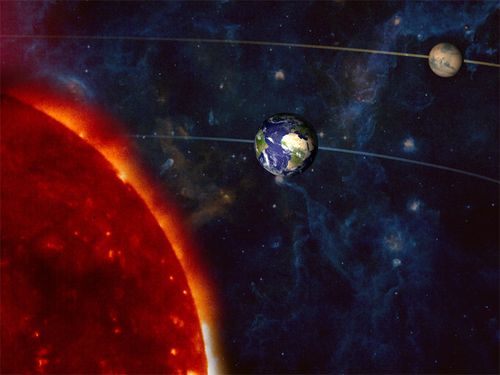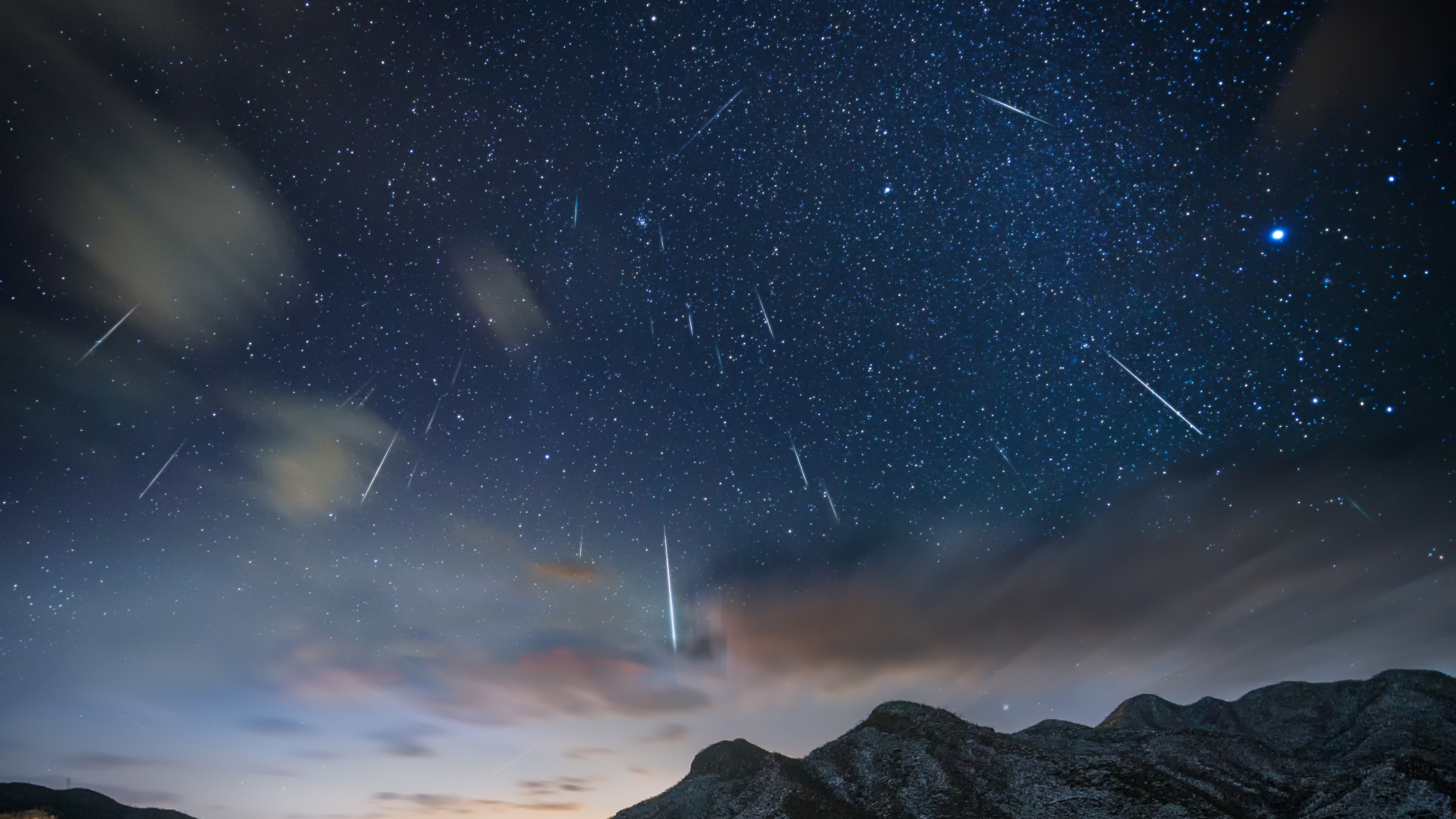Best Mars Sky Show of 2012 Occurs Saturday: How to Watch Online

UPDATE: See our latest skywatching tips to see Mars at opposition here: Mars Visible in Night Sky, But Its 2 Moons Are Hard to Spot
Mars will make a close approach to Earth Saturday (March 3), and interested skywatchers can follow the action live online.
Every 26 months, the orbits of Earth and Mars align such that the two planets form a relatively straight line with the sun. This cosmic event is called an opposition, because the Red Planet sits on the exact opposite side of Earth from the sun.
Mars will be in opposition to Earth Saturday, and it will be visible even to stargazers under the cloudiest of skies. That's because the online Slooh Space Camera will broadcast a free, real-time feed of the Mars opposition, beginning at 11:00 p.m. EST (0400 GMT on March 4).
Slooh will provide footage from multiple observatories around the world, including Arizona and the Canary Islands off the coast of Africa. The broadcast can be accessed at Slooh's homepage, found here: http://events.slooh.com/
Though the opposition occurs Saturday, the Red Planet's actual closest approach to Earth won't come until Monday (March 5), when the two bodies are separated by about 62.6 million miles (100.7 million kilometers). This discrepancy in dates is caused by Mars' elliptical path around the sun. [Amazing Mars Photos]
The Red Planet's oval orbit also dictates that some oppositions bring it much closer to Earth than others. Saturday's opposition isn't one of the closer ones, because it occurs when Mars is near aphelion, or the farthest it gets from the sun during an orbit.
Breaking space news, the latest updates on rocket launches, skywatching events and more!
The Mars opposition of 2003, on the other hand, occurred when the Red Planet was near perihelion, or its closest distance to the sun. During that approach, Mars came within about 34.8 million miles (56 million kilometers) of our planet — the closest the two planets have been in nearly 60,000 years.
Skywatchers who want to observe the Mars opposition the old-fashioned way can find the Red Planet in the constellation Leo on Saturday. Mars will rise in the east at about the same time the sun sets in the west.
This sky map of the Mars opposition shows how the Red Planet will appear in the night sky.
Mars will outshine all the stars in Leo; it should be readily visible to the naked eye as an unblinking pale red dot. With a decent telescope, skywatchers should be able to see the Red Planet's ice caps and perhaps some other surface features.
This isn't the first time that the Slooh Space Camera has broadcast live views of cosmic events. Last month, for example, the online skywatching service webcast a live look at a rare triple conjunction that brought Venus, Jupiter and the moon close together in the night sky.
If you snap an amazing photo of Mars or any other skywatching target and would like to share it for a possible story or image gallery, please contact SPACE.com managing editor Tariq Malik at tmalik@space.com.
You can follow SPACE.com senior writer Mike Wall on Twitter: @michaeldwall. Follow SPACE.com for the latest in space science and exploration news on Twitter @Spacedotcom and on Facebook.

Michael Wall is a Senior Space Writer with Space.com and joined the team in 2010. He primarily covers exoplanets, spaceflight and military space, but has been known to dabble in the space art beat. His book about the search for alien life, "Out There," was published on Nov. 13, 2018. Before becoming a science writer, Michael worked as a herpetologist and wildlife biologist. He has a Ph.D. in evolutionary biology from the University of Sydney, Australia, a bachelor's degree from the University of Arizona, and a graduate certificate in science writing from the University of California, Santa Cruz. To find out what his latest project is, you can follow Michael on Twitter.

